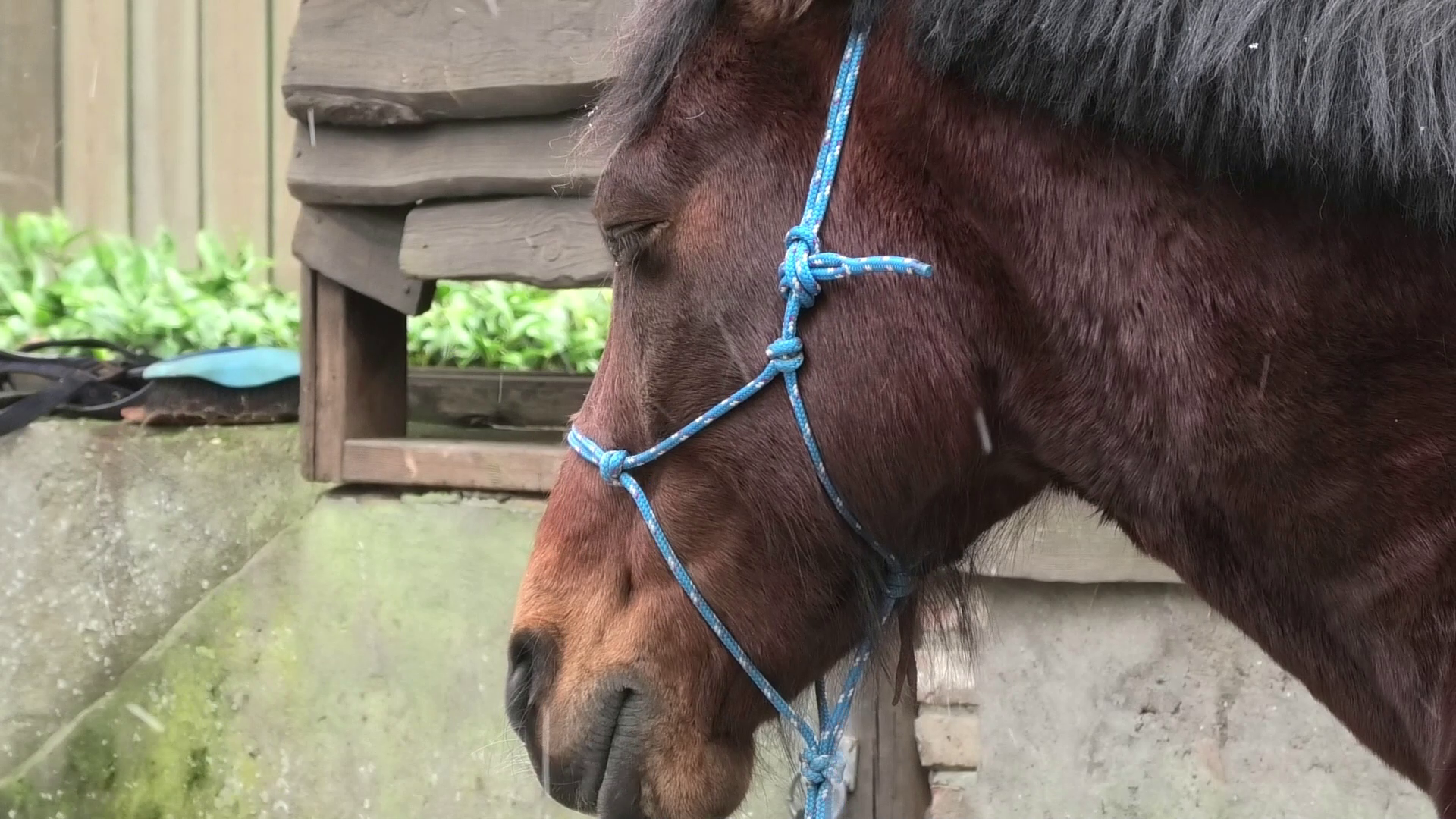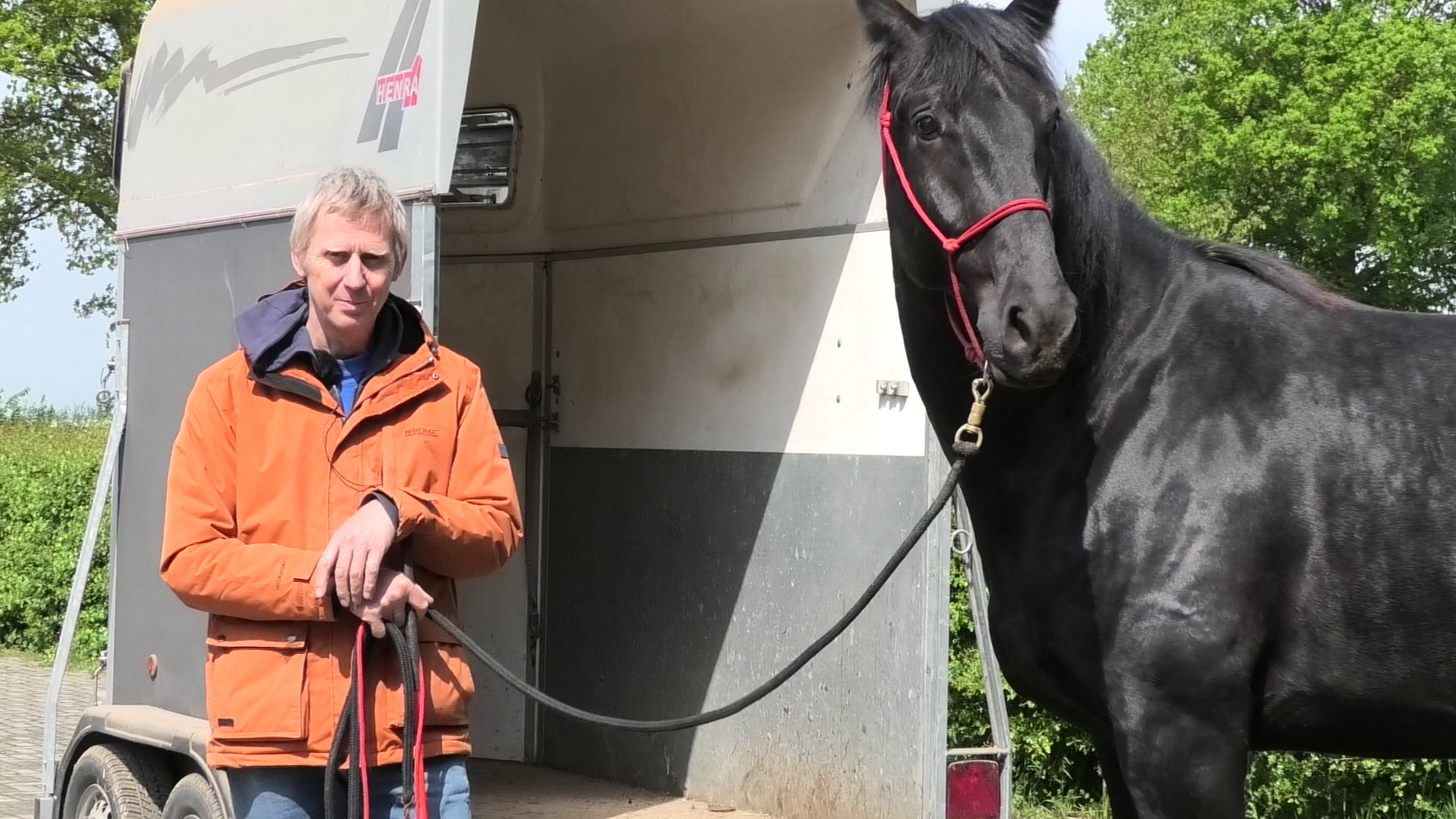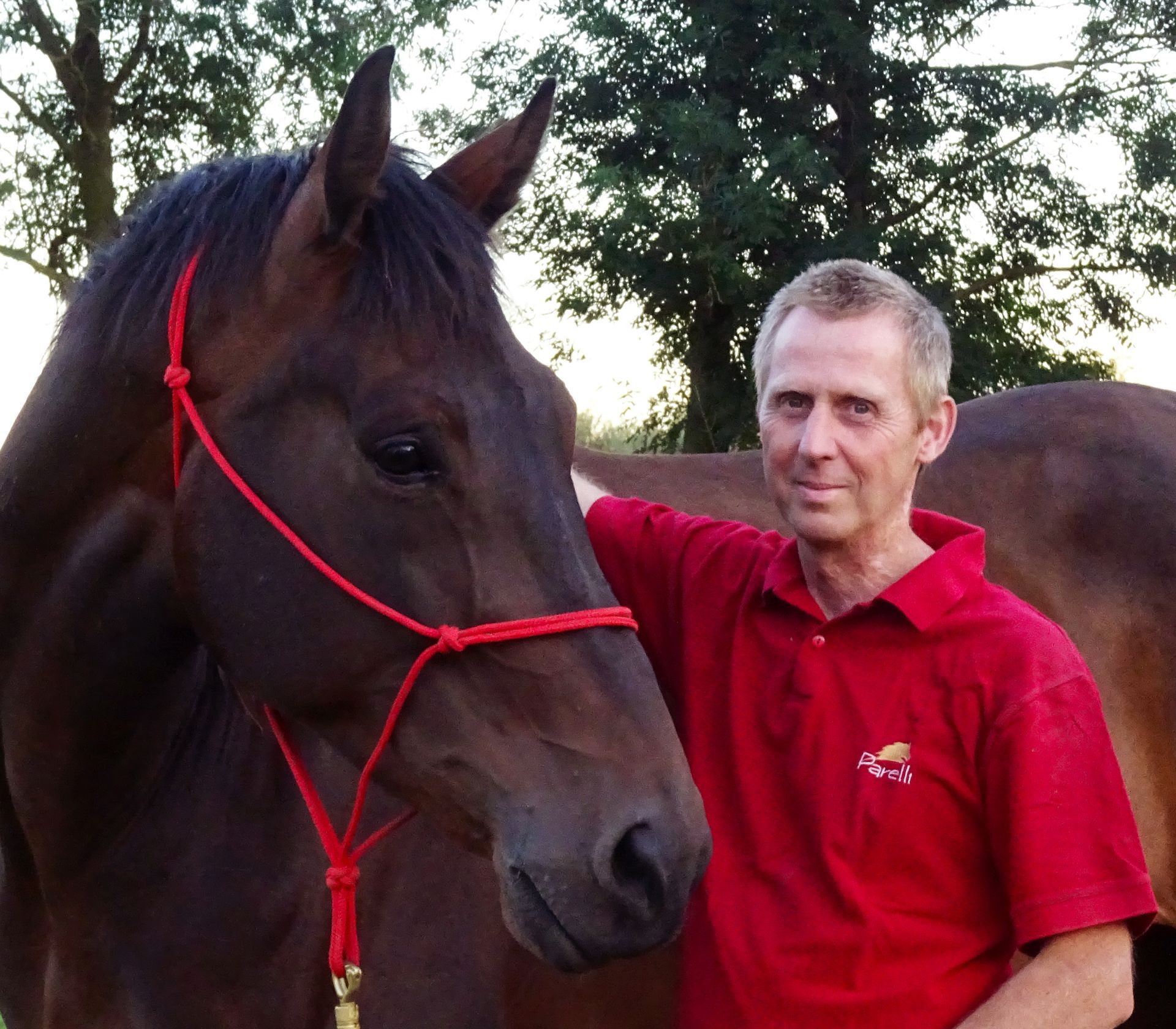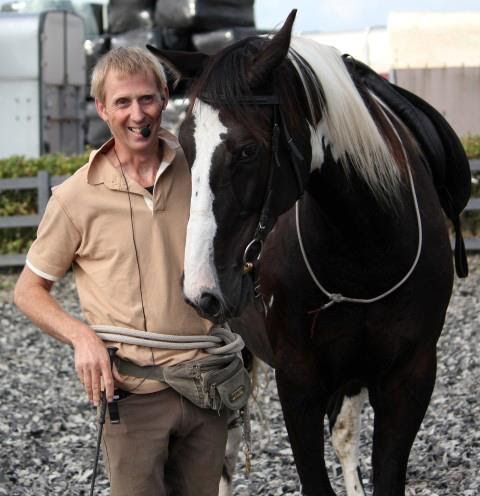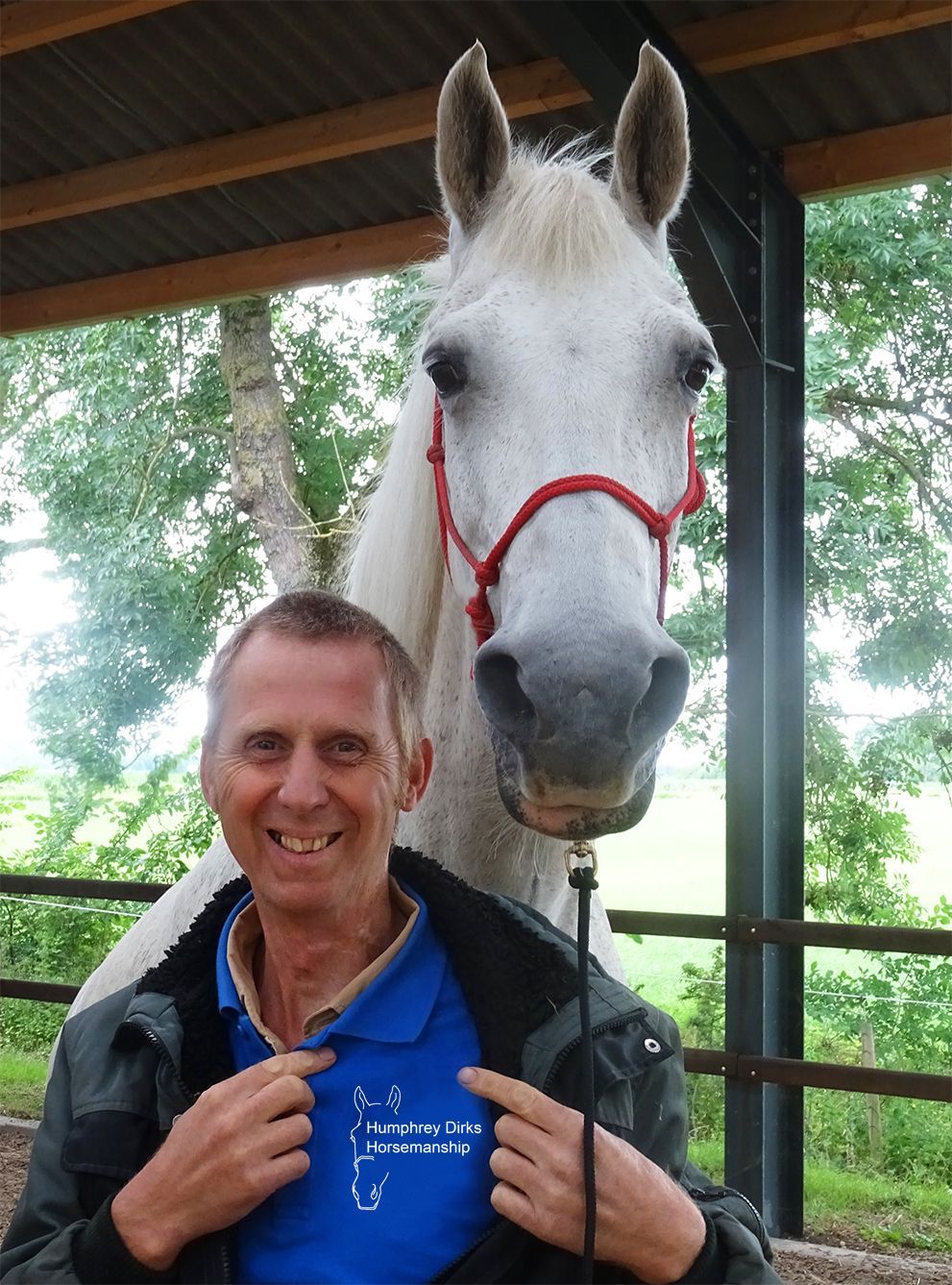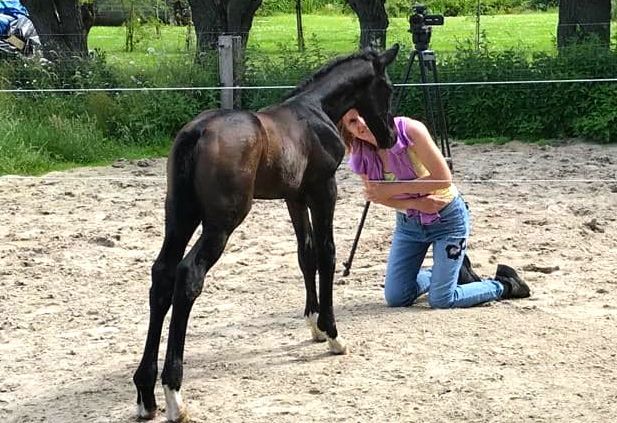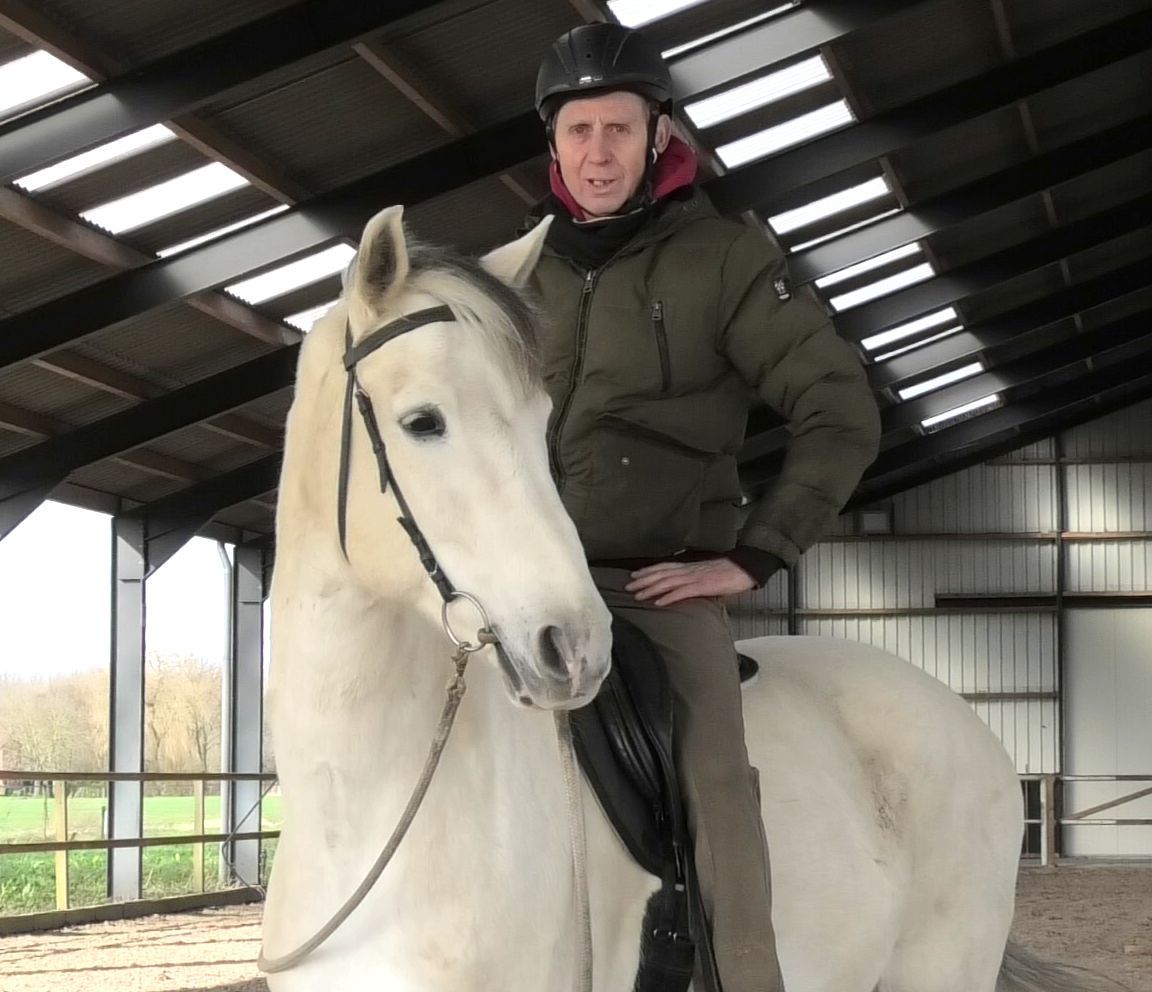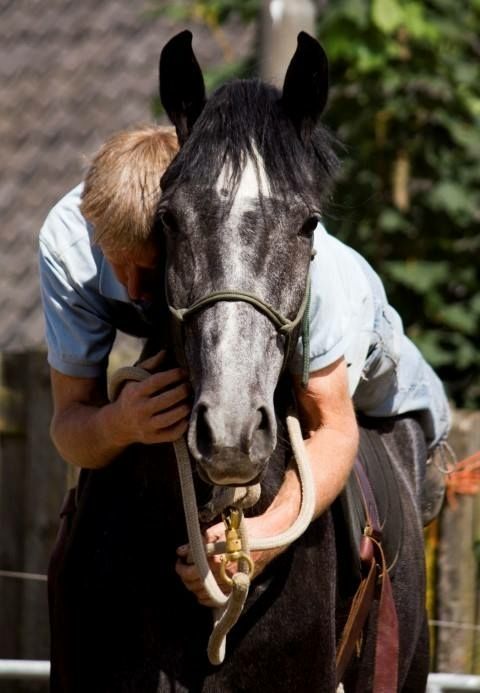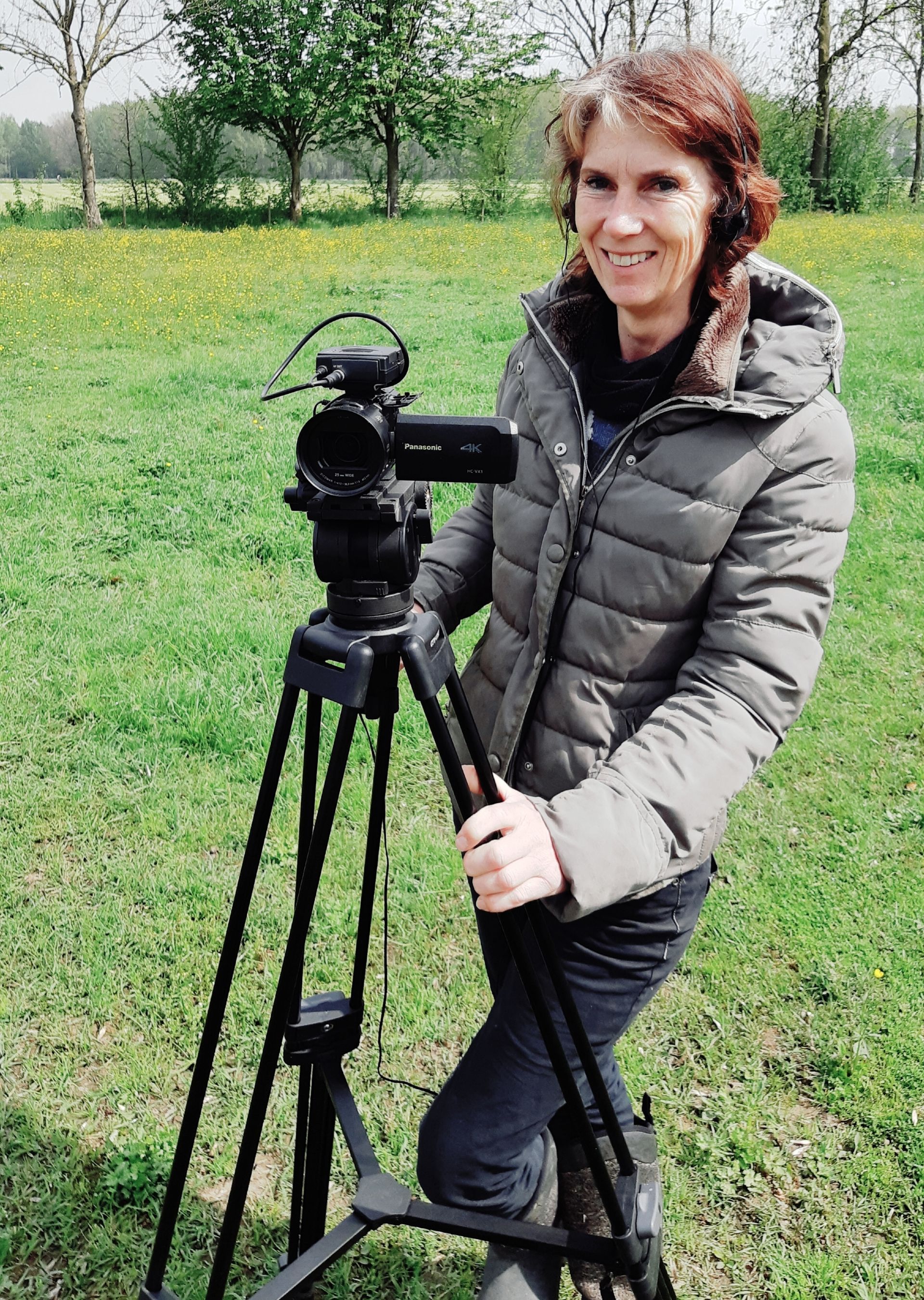Why is my horse kicking?
Why does my horse kick?
WHY DOES MY HORSE KICK
If you're kicked by a horse, it can have serious consequences for both humans and other animals. Most people know to be cautious when passing behind or approaching a horse's hind legs. Additionally, horses can strike with their front legs, so be aware of this too.
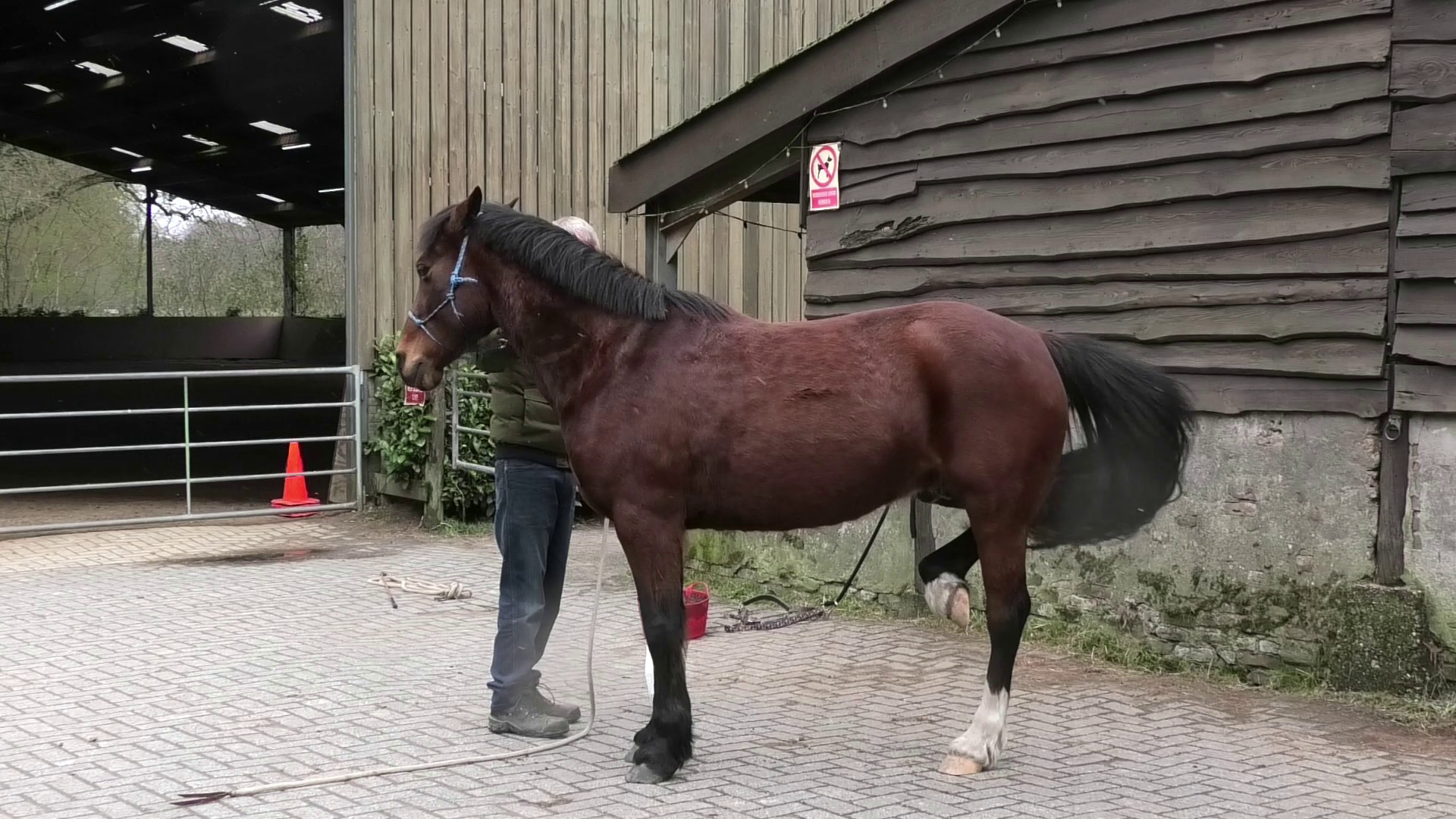
Reasons horses kick?
Kicking is a natural behavior for horses. Their hind legs can serve as weapons, but that's not the only reason they kick. Horses kick when playing (Left-Brain behavior) and when scared (Right-Brain behavior). They also kick in rebellion, especially Left-Brain horses, who often aim accurately and kick deliberately.
Understanding Horse Personalities: Left-Brain and Right-Brain
Observing horses in a herd shows how and when they decide to strike. Before a horse raises its leg to kick, it usually gives a warning. We might miss these signals because they can be subtle. Introverted horses often strike without obvious signs, making it seem like the kick came out of nowhere.
Reading Your Horse for Safety
Learning to read your horse's body language, behavior, and mood is crucial for safety. Recognize his signals to stay out of the strike zone or keep a distance until he calms down.That is why learning to read your horse is so important for your safety. You learn to recognize his body language, behavior, and mood, and to stay out of your horse's strike zone or keep him at a distance until he is calm and relaxed.
The Scenario: Reasons for Kicking
Right-Brain Horses: Usually kick because they are worried, surprised, or scared.
Left-Brain Horses: Kick out of resistance, often when asked to do something they aren't ready for or when touched in an unpleasant spot.
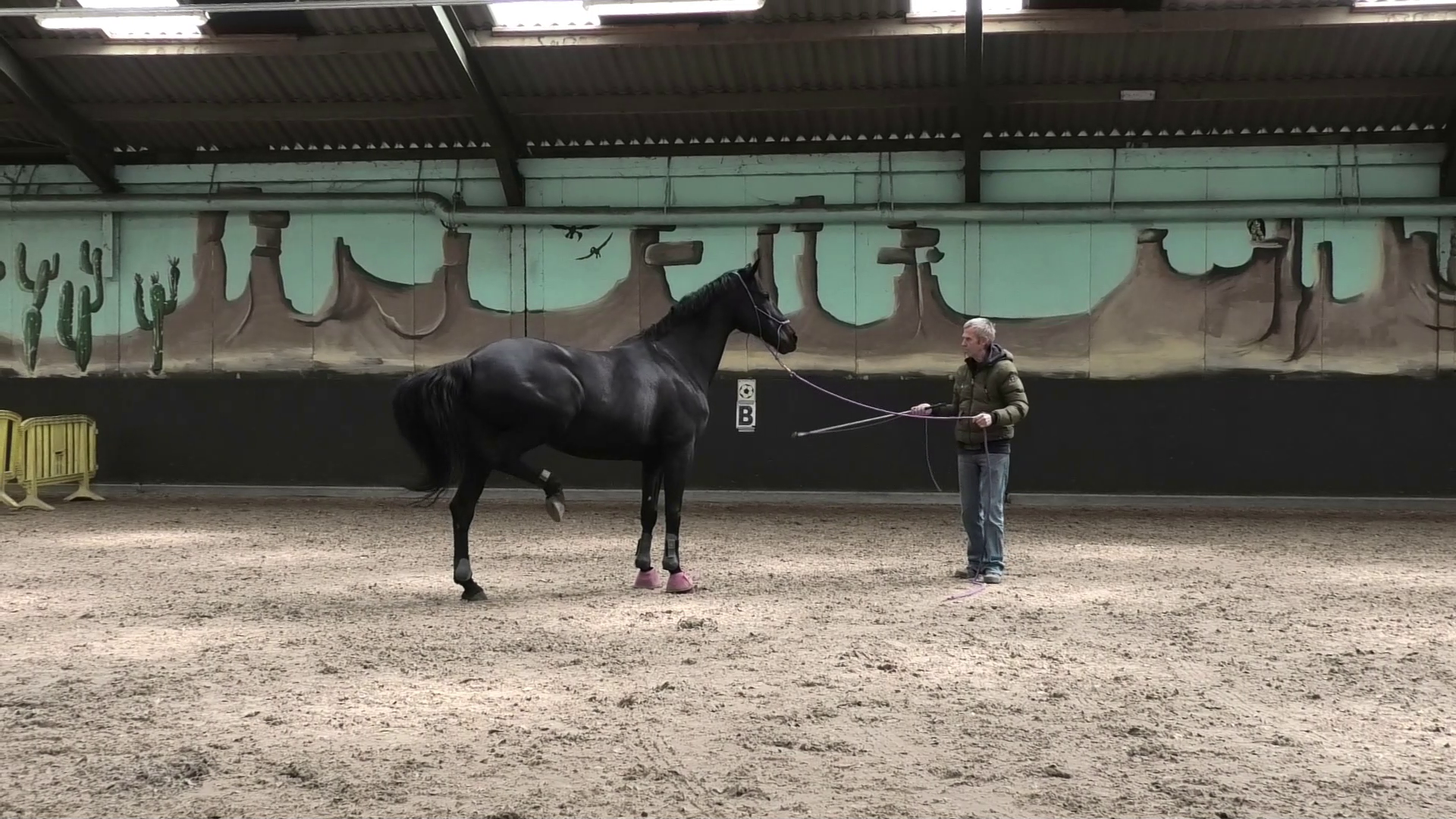
Nieuwe alinea
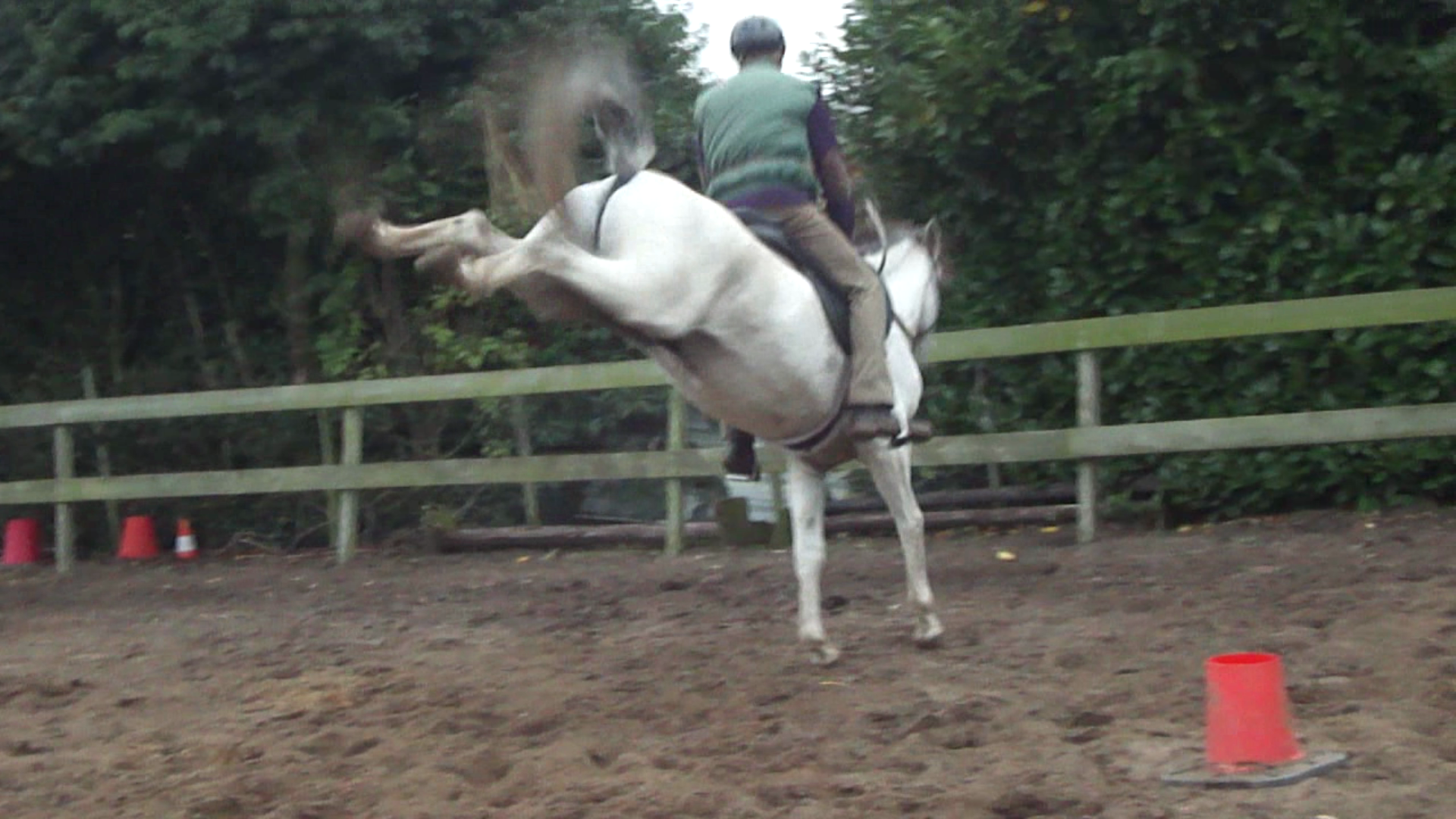
Recognizing emotion.
Understanding your horse’s emotional state helps you know what he is ready for. Observe if he’s tense with a tight tail, high head, and pinned ears (Right-Brain behavior), or if he appears relaxed or grumpy, avoiding contact (Left-Brain behavior).

The warning signs.
Right-Brain Horses: Tighten their tails, bring hindquarters inward, and may strike when pressured or cornered.
Left-Brain Horses: Show quick movements, like tail swishing or ear pinning, before striking, giving more visual warning.

Nieuwe alinea

The Kick
Right-Brain Horses: Strike fast and accurately, often multiple times if panicked.
Left-Brain Horses: Kick slowly and deliberately, sometimes from a distance.
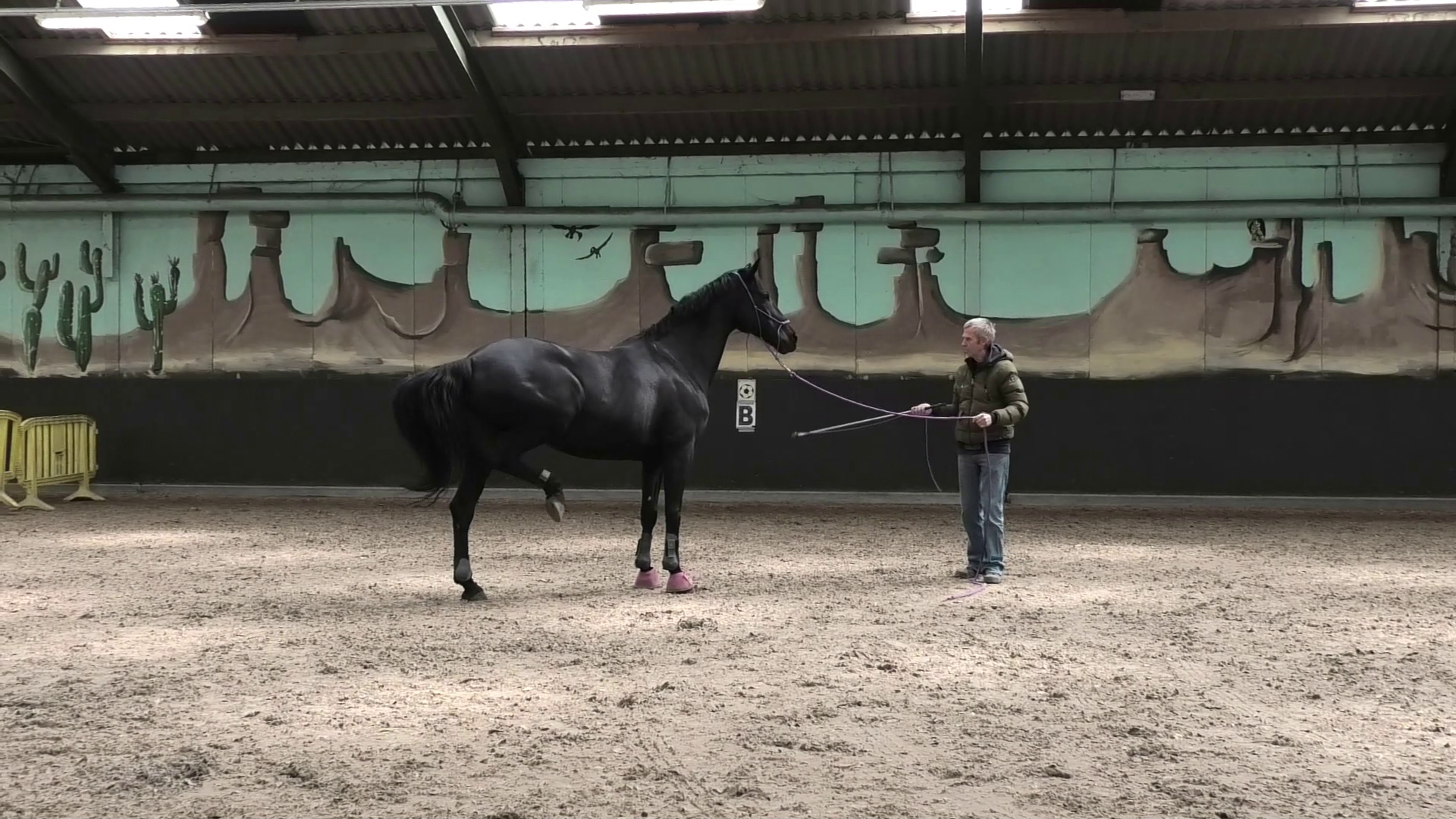
What to do when you are kicked?
Once kicked, it’s too late to punish the horse. Punishment is ineffective and can make the horse fearful. Instead, focus on becoming a reliable leader to build trust and respect.

Knowing the risks?
Always be aware of the danger when dealing with a horse that doesn’t trust or respect you. Avoid the danger zone, protect your space, and work on building trust and respect.
Good horse people read horses, they know what to expect and prevent it. If they are hit by a horse, they will immediately admit that they have made a wrong assessment.

What to do?
Invest in your relationship with your horse. Understand his personality and communicate effectively. Recognize the importance of the relationship over rigid goals. Invest in the relationship with your horse. Make sure you know his personality and take sensible actions that bring you closer together. Earn the respect of your horse and ensure you are kind and reliable. Too often, people become too focused on goals, becoming rigid and forgetting that the relationship comes first. Make sure you understand what is important to your horse and what you need to do. Learn and study the horse language that horses use among themselves and how they display it in their interactions with humans. Practice reading the expressions and behaviors of horses, and you will be amazed at how clear they are. If you want to be safe and comfortable around horses, you must understand horse language/communication, not only from your horse but also from other horses.

Make no assumptions.
Just because your horse was a certain way yesterday, does not guarantee the same behavior today. You do not know how your horse experienced your previous session, and you also do not know what has happened in the horse group in the meantime. Various factors in the environment can influence the horse, such as the weather or if a horse in the group saw something that made others uneasy.

Translate this paragraph to English: When your horse looks at you with ears forward and a positive expression, when he is not tense, bored, or distracted and you are not introducing anything new, it is likely okay. But for people with knowledge and experience, this is not enough. They make sure every day that they earn the respect of their horse by responsibly and with knowledge and skill, dealing with the horse they have in front of them at that moment. This means they have a quiver of knowledge arrows that they can use in various different circumstances they encounter in their interactions with their horse.
If you want to learn more about horsenalities, check here: Horsenality course
